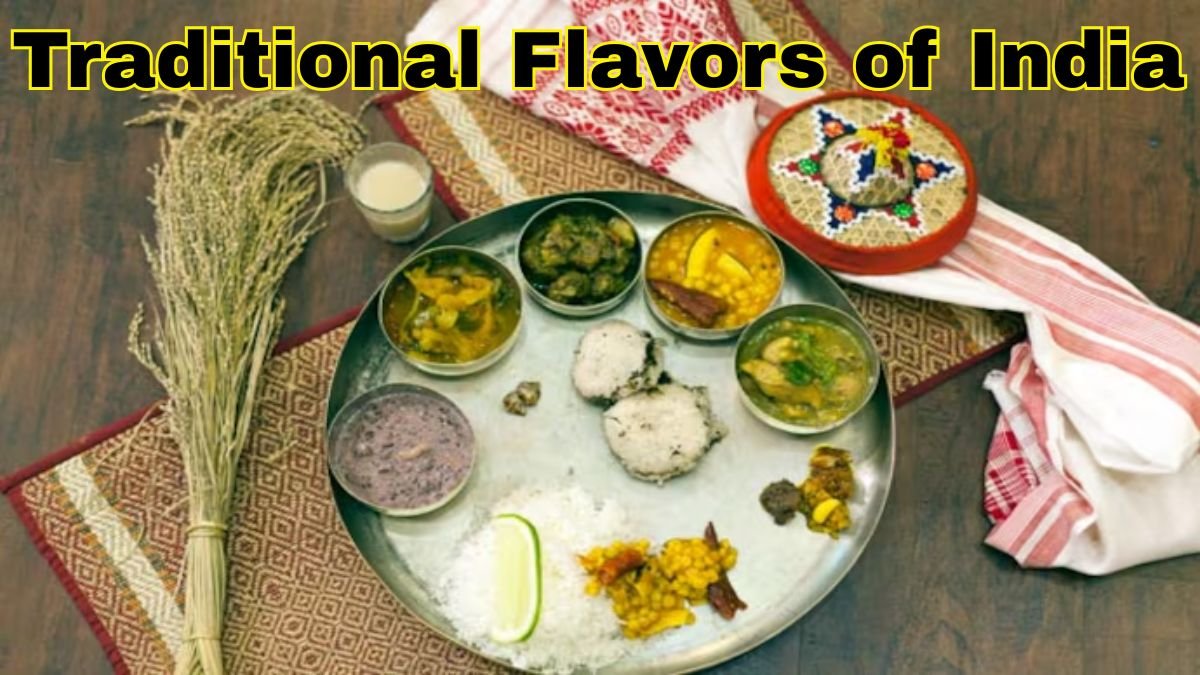India is a land of diversity. Every few kilometers, the language changes, the clothing changes, and most importantly—the tastes change. Indian food isn’t just about taste; it’s deeply connected to our culture, tradition, and heritage. Every state, every region, and every ethnic group has its own culinary tradition, which is not only a food identity but also a part of stories, beliefs, and lifestyles passed down through generations.
In this article, we’ll explore how India’s regional cuisines preserve our culture and heritage and why traditional flavors remain an integral part of our lives.
The Deep Connection Between Indian Food and Culture
Understanding Indian food is like understanding Indian culture. Imagine any festival, ritual, or social gathering—food plays a central role everywhere. Be it a wedding, a festival, a puja, or a community feast, traditional dishes are prepared for every occasion.
- Puri-kachori, laddu, and chole in North India
- Idli, dosa, and payasam in South India
- Dhokla, thepla, and shrikhand in Western India
- Maach-bhaat and rasgulla in Eastern India
Each dish carries with it the aroma of its soil and the imprint of its culture.
Flavors of North India: Spicy and Rich Tradition
North Indian cuisine is characterized by the depth and richness of spices. The tandoor plays a special role in its cuisine. Punjab’s mustard greens and maize bread, Uttar Pradesh’s kachori-jalebi, Bihar’s litti-chokha—these are not just food but also cultural symbols.
- Punjab: Mustard greens and maize bread are a winter symbol.
- Uttar Pradesh: The taste of Banaras’s chaat and kachori is on everyone’s lips.
- Bihar: Litti-chokha is not just a dish, but the fragrance of Bihar’s soil.
These dishes reflect the hard work of farmers, weather conditions, and festive traditions.
Culinary Traditions of South India: Simplicity and Balance
South Indian cuisine is known for its simplicity, nutrition, and balance. Rice, lentils, coconut, and tamarind are widely used here.
- Idli and dosa are not just breakfast items, but a balanced meal.
- Sambhar and rasam promote proper digestion.
- Kerala’s Sadya feast is served on a banana leaf and includes a variety of vegetables, pickles, and sweets.
These dishes are deeply rooted in the local climate and agricultural traditions.
Flavors of Western India: Variety and Sweetness
- Gujarat, Maharashtra, and Rajasthan in Western India have their own unique culinary traditions.
- Gujarat: Light dishes like dhokla, thepla, and khandvi.
- Maharashtra: puranpoli, pav bhaji, and misal pav.
- Rajasthan: Dal-Baati-Churma and Gatte ki Sabzi.
The use of dried vegetables and spices in desert regions like Rajasthan shows how food provided energy and flavor to people even in difficult living conditions.
The Sweetness and Taste of Fish in Eastern India
Eastern India, especially Bengal, Odisha, and Assam, is famous for its sweet dishes and the tradition of fish and rice.
- Bengal: Rasgulla, Sandesh, and Mach Bhaat.
- Odisha: Mahaprasad and Chhena Poda.
- Assam: Pitha and Fish Curry.
Bengal’s sweets are not only delicious but also a part of festivals and social events.
Food associated with festivals and rituals
Indian cuisine has always been associated with festivals and rituals.
- Laddus and namkeen on Diwali
- Gujiya and Thandai on Holi
- Seviyan on Eid
- Special dishes made with rice and jaggery on Pongal
All of these are not only a part of the taste but also a symbol of unity, togetherness, and shared traditions.
Cuisine Passed Down Through Generations
Food recipes in India are also a part of heritage. Grandmothers’ recipes, cooking on wood stoves, and the use of clay pots—all these make meals delicious and memorable.
Even today, many families preserve their traditional recipes and prepare them on special occasions. This is a form of cultural transmission.
Ayurveda and Indian Cuisine
Indian food not only focuses on taste but also on health. According to Ayurvedic principles, food is divided into sattvic, rajasic, and tamasic categories.
- Satvik food: Fruits, vegetables, milk, and grains, which calm the mind and body.
- Rajasic food: Spicy and stimulating food that provides energy.
- Tamasic food: Heavy and sluggish food.
This clearly demonstrates that Indian food balances both tradition and health.
Indian Taste Has Established a Global Recognition
Today, Indian cuisine is popular not only in India but throughout the world. Be it London, New York, Tokyo, or Dubai—Indian restaurants and spicy dishes are winning hearts everywhere.
From chicken tikka masala to samosas, Indian food has established its presence globally and is an extension of our cultural heritage.
Conclusion
Indian food is not just a means of satisfying the hunger. It is a vibrant part of our culture, tradition, and identity. The cuisine of each region reflects its soil, climate, crops, and lifestyle.
When we eat dal-bati-churma, sarson ka saag, maach-bhaat, or idli-dosa, we are not just savoring the taste, but experiencing the heritage of our ancestors.
It can therefore be said that Indian cuisine is the messenger of our culture, keeping our traditions and heritage alive from generation to generation.

